Human Waste Could Help Astronauts Grow Food in Space
Researchers enlisted microbes to create a model for a self-sustaining food web. But the finished meal looks like goo.
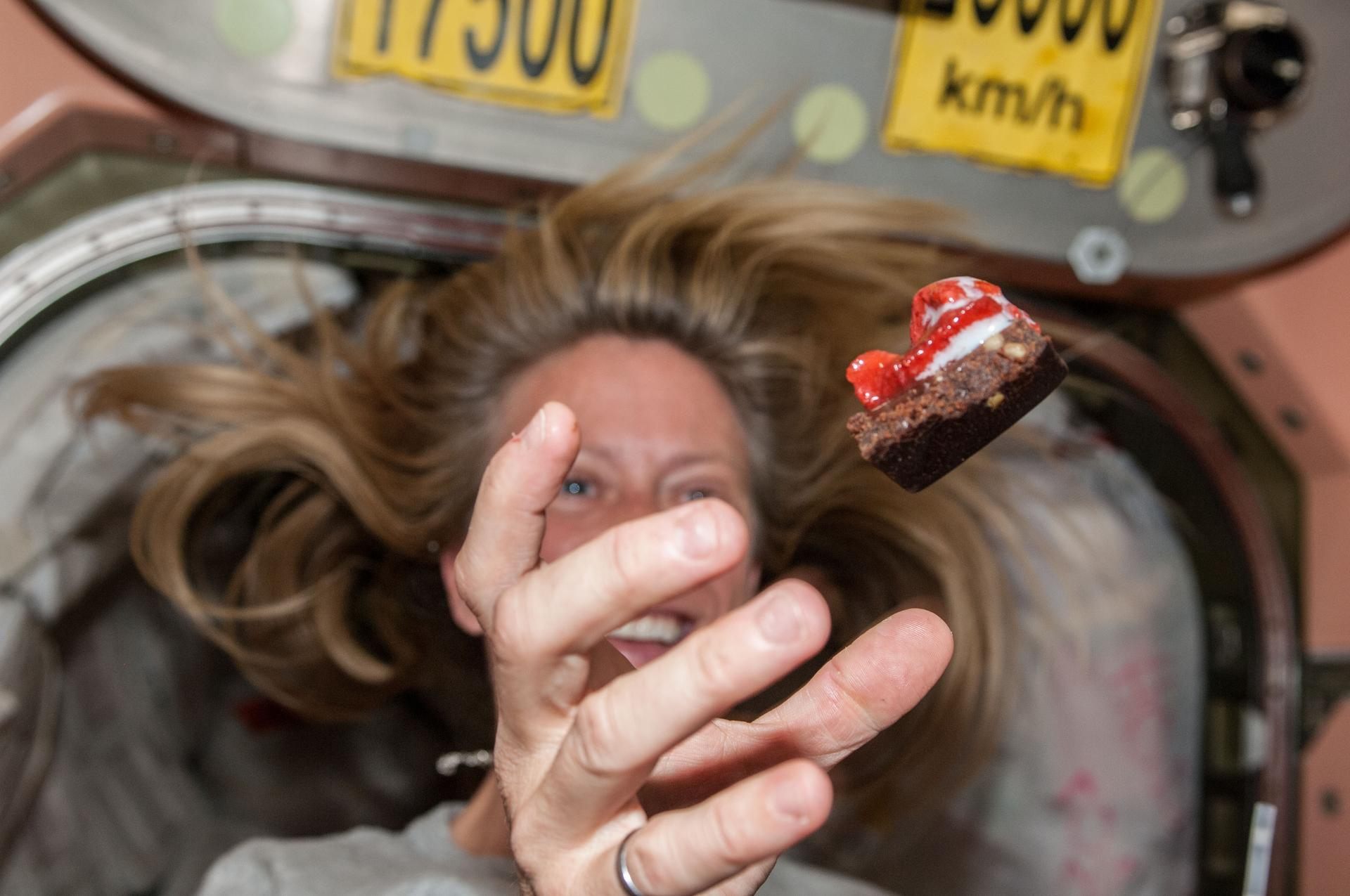
Packing a space shuttle for flight isn’t quite like stocking a car for a road trip. Everything on board is a precious and relatively finite resource—you can’t pull off at a highway rest stop to replenish the snacks. The quarters are tight and distances are long, and to make it all run smoothly, the crew needs to eke productivity out of everything they can. That goes for bodily fluids, too.
For years, American crews stationed on the International Space Station (ISS) have harvested and guzzled the byproduct of their own urine, shower runoff, sweat, and breath. All told, they’re able to recycle more than three gallons of drinkable water each day. Once you clear any psychological hurdles, it’s not an unappetizing proposition, one staffer told Bloomberg, concluding, “It tastes like bottled water.”
Until now, astronauts’ poop has been launched out into the atmosphere, where it burns up. But researchers are wondering whether it, too, could be wrangled into a second life on board, and help keep astronauts fed—especially when they’re in the vast reaches far from the ISS.

Of course, astronauts wouldn’t be eating the poop itself. For a recent study, published in Life Sciences in Space Research, researchers experimented with anaerobic digestion, essentially creating a model for a self-sustaining food web in zero gravity. The feces would be digested by microbes, which release methane—in turn, that methane would feed another microbe, and that’s what would become a food source for people.
“It’s a little strange, but the concept would be a little bit like Marmite or Vegemite where you’re eating a smear of ‘microbial goo,’” said Christopher House, a coauthor and professor of geosciences at Penn State.

Sure, in theory, you could shave some steps from the process by hauling containers of methane into space. “But that’s the wonkiness of space flight,” House says. “Anything you take with you has downsides in weight.” The driving idea was to recoup resources that were otherwise being lost.
Nutritional intake will become increasingly important as voyages stretch longer, NASA nutritionist Scott Smith explained to Scientific American back in 2013. “When we flew shuttle missions of two weeks, we always looked at those as just sort of camping trips; you can eat pretty much anything and get away with it,” Smith said. Longer trips require more careful calibration, likely including moderate iron and plenty of protein. The methane-grown microbe, Methylococcus capsulatus, is 52 percent protein and 36 percent fats.
The microbe isn’t intended to be an astronaut’s sole food source, says Lisa Steinberg, a coauthor who worked on the study as a postdoctoral astrobiology researcher at Penn State. The team envisioned it as a high-protein, high-fat supplement to other components of an airborne food web—which may not always deliver dense nutrition.
“Most research in providing food in a life support system focuses on the growth of higher plants,” Steinberg says. “However, the high-protein parts of plants (e.g. seeds and nuts) make up a rather small portion of the overall plant mass. Think of a soybean plant versus a lettuce plant. The soybean seeds contain a lot of protein and fat, but most of the rest of the plant is inedible. For a lettuce plant, nearly the entire thing is edible, but low in protein or fat.” M. capsulatus is one option on a longer menu.
One challenge was devising a way to grow edible microbes without also rolling out a welcome mat for pathogens that could make astronauts sick. Researchers found nutrient-dense microbes that could thrive in sweltering temperatures and an alkaline pH—conditions that were otherwise inhospitable to the pathogens they didn’t want. Still, it all comes down to resources, House says: Any time there’s a demand for water, electricity, or oxygen, “there’s always a tradeoff.”
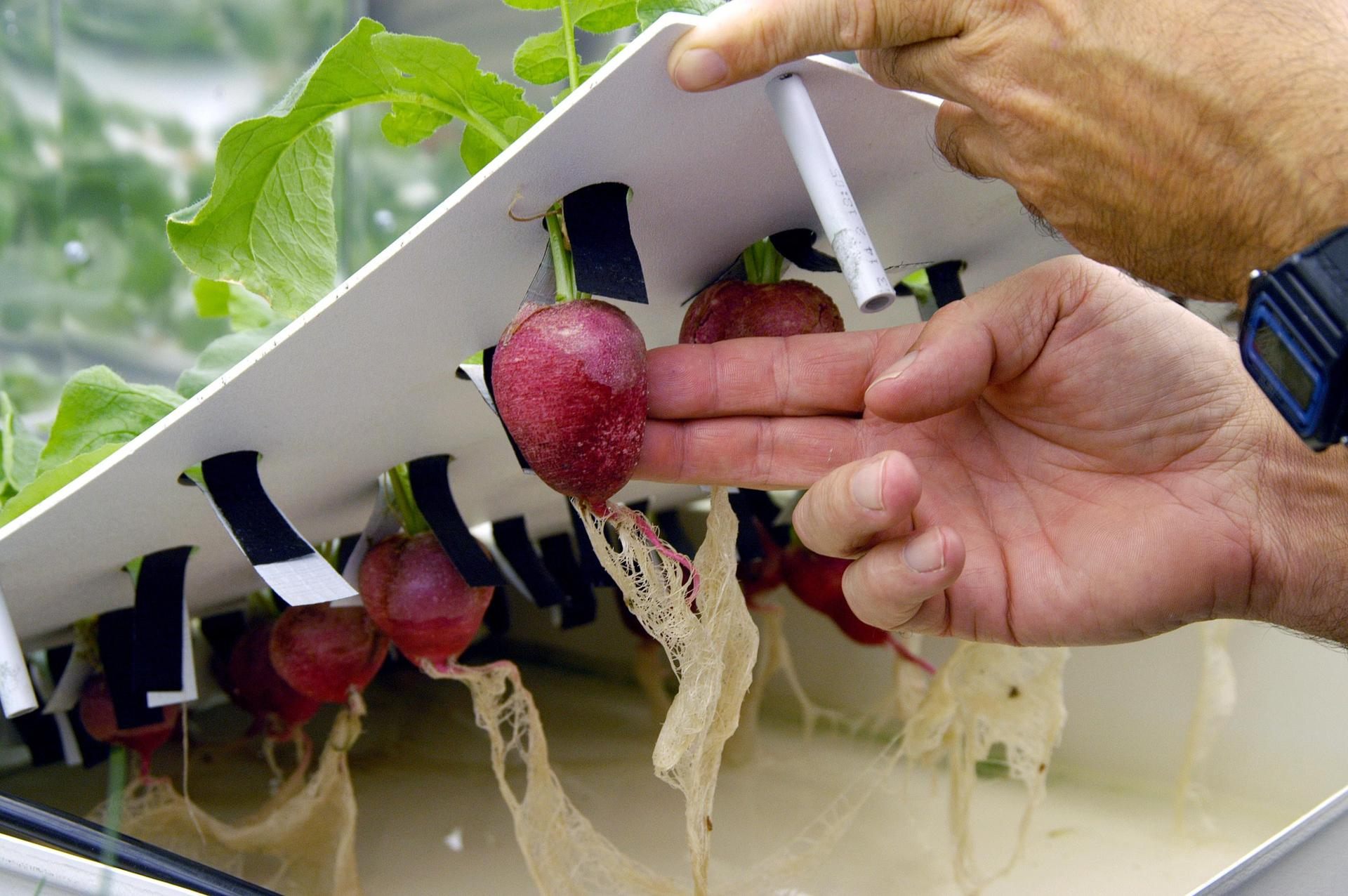
For this study, the researchers enlisted artificial solid and liquid waste that’s often used in proof-of-concept experiments. Adding actual solid waste into the mix would introduce a slew of other bacteria to contend with. Still, if the system were fine-tuned, House speculates that the crew could recover as much as 85 percent of the carbon and nitrogen from waste into edible protein—all using a set-up rigged from commercially available aquarium parts.
The concept is far from being realized, but House thinks that the idea could solve a number of hiccups in the space-food ecosystem: Hydroponic growing systems, for instance, are water-intensive, and heavy. The goo could have some strategic advantages, too. As my colleague Anne Ewbank recently noted in a story about an astronaut who smuggled a sandwich into space, food can be a liability for the interstellar missions, particularly if rogue crumbs lodge themselves in sensitive machinery.
House acknowledges that the work is in the earliest stages. For one thing, he’s not certain that the team zeroed in on the very best microbes for the job. There’s also plenty more research to be done on astronauts’ nutritional needs—and how to make that goo palatable.
Gastro Obscura covers the world’s most wondrous food and drink.
Sign up for our regular newsletter.





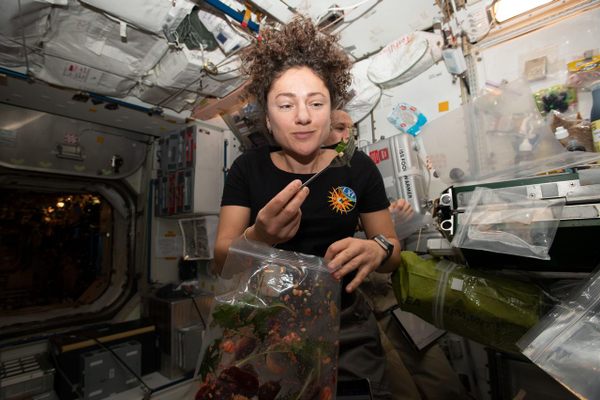



















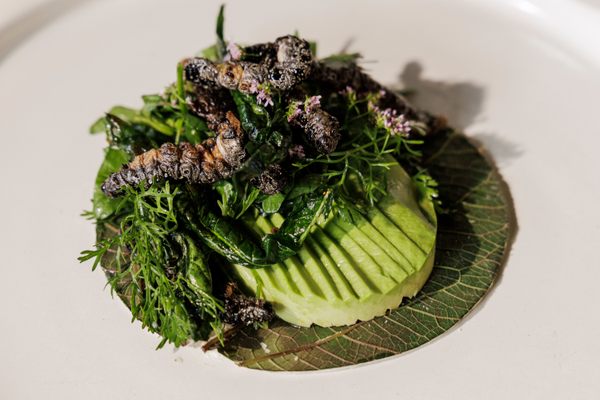
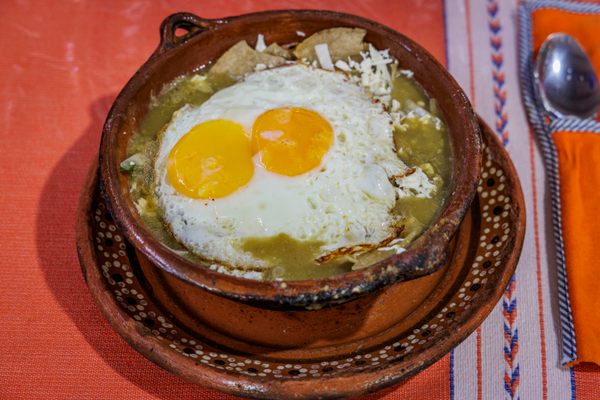


Follow us on Twitter to get the latest on the world's hidden wonders.
Like us on Facebook to get the latest on the world's hidden wonders.
Follow us on Twitter Like us on Facebook